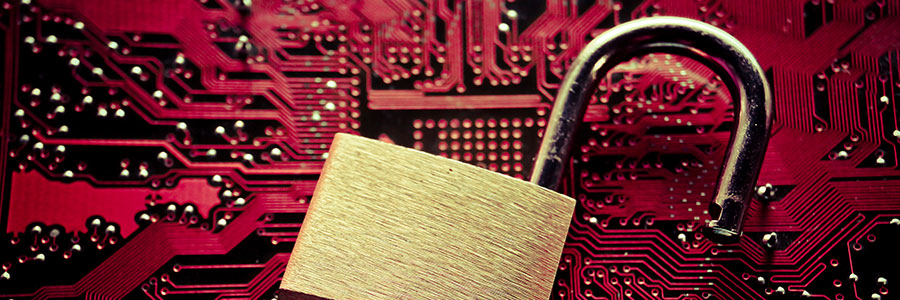As the world becomes more interconnected via technology, the need to implement robust data security strategies becomes even more critical. For one, the number of devices connected to the internet increases by the second, creating a wider attack surface and additional entry points for cybercriminals. More sophisticated and cunning ways of compromising data are also on the rise, making it extremely challenging to secure systems.
To better ensure data protection, organizations must shift their efforts to converging the disjointed functions of physical security and cybersecurity.
What is physical security and cybersecurity convergence?
Physical security and cybersecurity convergence is essential, but organizations must know how each function works independent of each other.
Physical security pertains to the protection of facilities from real-world threats, such as hardware theft or damage. It includes systems used for identifying and verifying user identity, as well as any measure that prevents potential insider threats from accessing areas or assets that they aren't supposed to. Physical security also covers systems that respond to such threats, such as alarms, video surveillance, motion sensors, and other perimeter security devices and software.
On the other hand, cybersecurity pertains to the protection of internet-connected computer systems, networks, and devices from cyber risks, such as data theft or information disclosure. It also covers measures that prevent disruptions to operations that depend on internet-facing infrastructure, such as endpoint security and disaster recovery/business continuity planning.
Businesses often approach physical security and cybersecurity as two discrete areas requiring separate solutions instead of looking at security as a singular problem.
Businesses often approach physical security and cybersecurity as two discrete areas requiring separate solutions instead of looking at security as a singular problem. A convergence between physical security and cybersecurity means a setup where these two work together to create a more efficient, integrated, and secure system.
Businesses often approach physical security and cybersecurity as two discrete areas requiring separate solutions instead of looking at security as a singular problem.
Why is convergence critical?
Convergence highlights how physical security and cybersecurity are connected to, inform, and strengthen each other. To some extent, the cybersecurity measures a company implements dictates what physical security measures they need. For instance, a company that houses an on-premises cloud solution will require security barriers different from that of an organization that outsources its cloud infrastructure.
Conversely, a business’s cybersecurity strategy is often affected by the physical measures a company implements. For example, a company that uses Internet of Things (IoT) devices to secure its premises and determine the level of employee access to data and facilities will need to roll out IoT-specific cybersecurity measures. For businesses in certain industries, such as contractors of the US Department of Defense, physical security is as much of a compliance requirement as cybersecurity. And in Canada, the baseline cybersecurity controls for small and medium organizations also stipulates some physical security requirements.
The bottom line is that having only either type of security system is not enough to combat a combination of threats. A cutting-edge cybersecurity program will be useless if a disgruntled employee can simply walk into your server room and destroy your hardware. Having strict access controls, locks, and ID requirements will also be in vain if your systems are vulnerable to cyberthreats that can be carried out by a hacker from a remote location. Converging physical security and cybersecurity creates a comprehensive program that addresses the security problem as a whole.
The human element is key
One often overlooked component that encompasses both physical security and cybersecurity is the human element. Your staff can be an internal threat purposely or inadvertently, or they may fall for social engineering tactics that easily facilitate hackers' infiltration of your system. Here are some ways you can protect your organization from security risks stemming from human factors:
- Make sure access controls are tied to specific individuals and that access is customized according to staff roles and responsibilities.
- Perform audit trails. Keep logs of who accessed what, and from which device. Also keep track of failed attempts, as these can be key to identifying compromised credentials.
- Revoke access of former employees and change access credentials when employee circumstances change. Inform security personnel as soon as possible if someone resigns or gets terminated.
- Include security topics during onboarding of new employees and regularly train your workforce on how to identify and report social engineering schemes.
- Reward demonstration of good cybersecurity practices to encourage other employees to improve their habits.
Needless to say, this list includes both physical and cybersecurity measures that you must undertake. The rest of your policies, solutions, and defenses should also be aligned with how security measures converge. Both cybersecurity systems and physical security have their limitations, which is why it's even more important that they complement each other to further fortify business security.
Discover comprehensive IT solutions with our Exponentially Better™ services. Contact our specialists today for expert IT support. Call us at 647-697-7710 or drop us a line.
